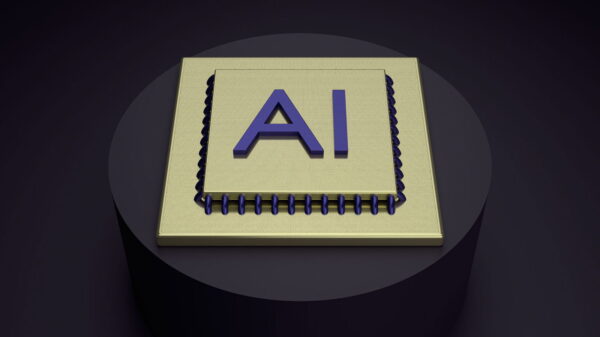The operation of an airport resembles a complex choreography, where thousands of people and systems must synchronize every minute to ensure the safe and timely movement of passengers. Despite record-high passenger numbers, much of this coordination continues to rely heavily on human interpretation of fragmented data from various systems.
Historically, airport technology has focused on automation, primarily through the collection and presentation of information via platforms like the Airport Operational Database (AODB) and Airport Management System (AMS). While essential, these tools offer a snapshot of current operations rather than insights into underlying issues or future actions.
Transforming Airport Operations with AI
Artificial Intelligence (AI) is starting to revolutionize this landscape. Airports are beginning to incorporate large language models (LLMs) into existing systems, introducing a layer of intelligence that enhances context understanding, natural interaction, and actionable recommendations. For example, operators can now engage these AI systems via simple text messages — even using platforms like WhatsApp. A team member could inquire, “What impact will the delay on Ocean Flight 815 have on baggage?” and receive a timely, data-driven response sourced from multiple systems.
In scenarios involving disruptions, this capability becomes crucial. With the ability to analyze data from flight schedules, weather information, and IoT sensors, a reasoning model can generate operational plans within seconds. Provided its context window — that is, its capacity to recall and interpret relevant details — is effectively managed, these models can facilitate decisions that would typically take minutes or hours.
See also Google Launches AI Shopping Tools to Streamline Holiday Gifting Experience
Google Launches AI Shopping Tools to Streamline Holiday Gifting ExperienceFrom Static Dashboards to Dynamic Decision-Making
Traditionally, dashboards have served to display static data on arrivals, departures, and resource allocations, providing airport management teams with a unified view of operations. However, when unexpected delays arise — due to weather conditions or late flights — human personnel often find themselves scrambling to locate and understand the problem, coordinating responses manually.
AI is changing this paradigm. By integrating data from various sources, such as IoT sensors, AODB, flight schedules, and weather feeds, airports can develop reasoning layers that grasp the entire operational context. This integrated approach allows dynamic orchestration of the workforce, enabling systems to send instructions via text, answer follow-up questions, and automatically log interactions as part of operational records. For instance, if a worker shares a photo or reports the location of a missing bag, the systems can store this data appropriately and notify relevant teams according to established procedures.
The Future of Smarter AI in Airports
This new generation of AI reasoning systems is capable of learning relationships, inferring intent, and proposing solutions. For instance, AI can detect rising passenger density and recommend the redistribution of staff or adjustments to gate allocations before problems escalate. Research teams and technology partners are actively exploring how these innovative systems can reshape the foundational operations of airports.
Early prototypes demonstrate that AI can unify previously siloed platforms into a cohesive, context-aware system that links data, logic, and human decision-making. The intention is not to eliminate human roles but to enhance their capacity to respond swiftly, confidently, and safely to changing conditions.
Ensuring Responsible AI Implementation
With these advancements come significant responsibilities. In critical environments like airports, trust and transparency are essential. It is vital that every AI-driven recommendation is explainable; operators must understand why a system has reached a conclusion, the data it considered, and its confidence in the decision. Essential safeguards, such as traceability and human-centered design, must be integrated from the outset to maintain operational integrity.
Ensuring that human oversight remains a part of every decision-making loop is crucial. AI should support operational judgment rather than replace it. This collaborative relationship between engineers and algorithms should be rooted in transparency, fostering a system where AI can earn a trusted role in airport operations.
As airports increasingly adopt intelligent infrastructure, early adopters of explainable AI are showcasing how these reasoning systems can scale securely, improving coordination times and reinforcing resilience. The focus will shift from simply keeping pace with global demand to how intelligently airports can adapt when every second counts.
Jordi Valls, director of SITA’s Innovation Lab, emphasizes that airports are becoming crucial testing grounds for integrating AI into operational frameworks, paving the way for future innovations in the industry.




































































